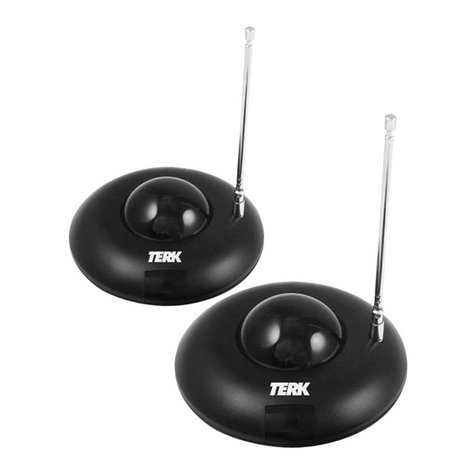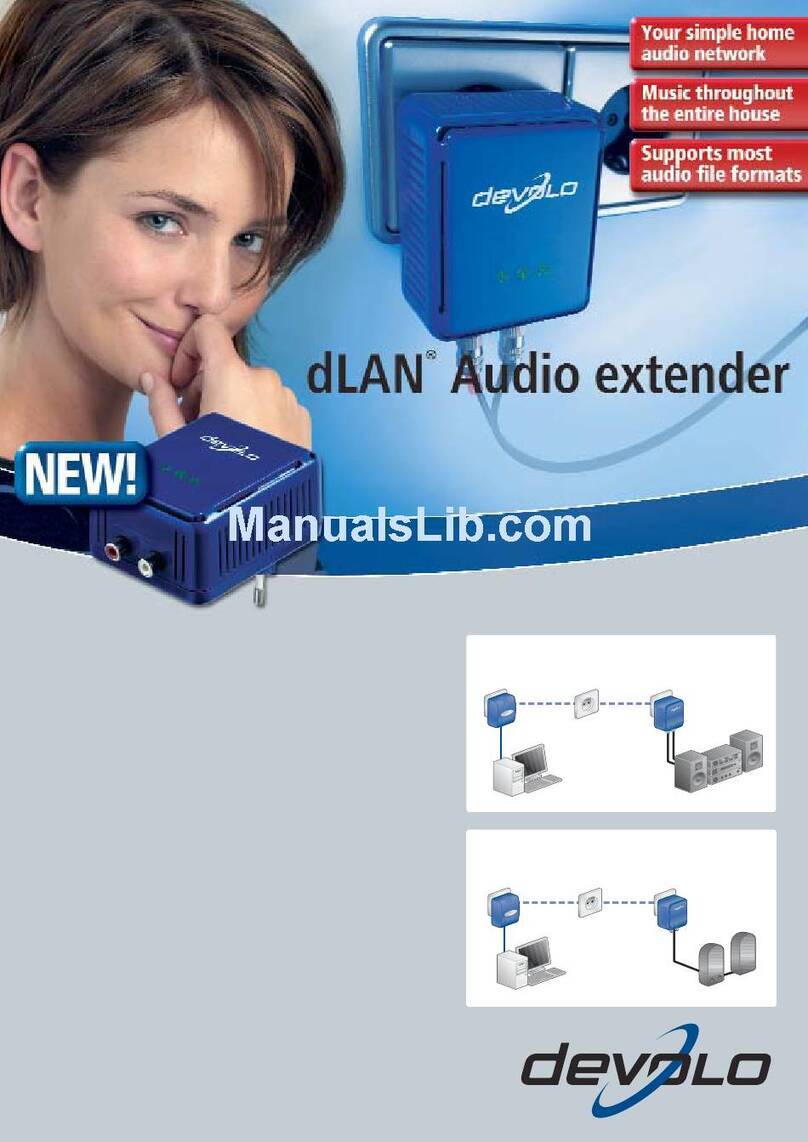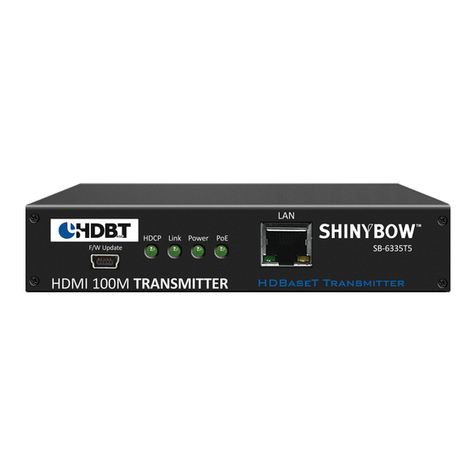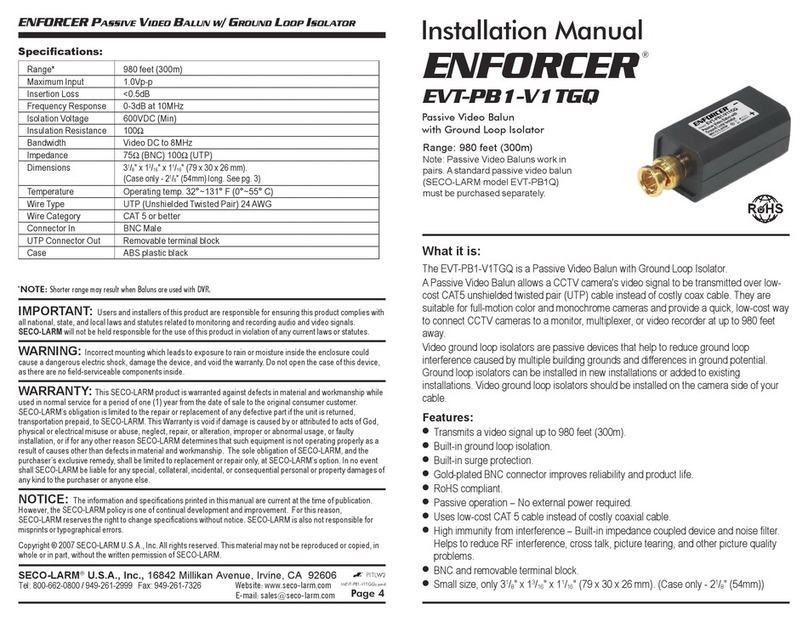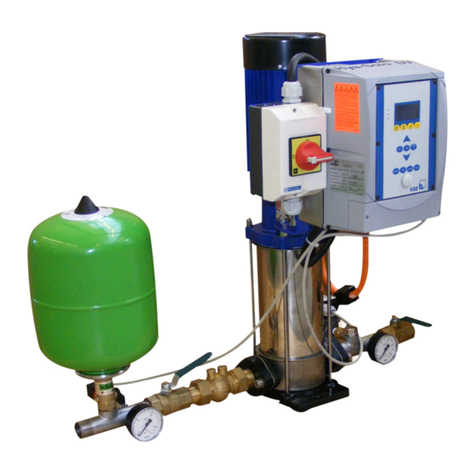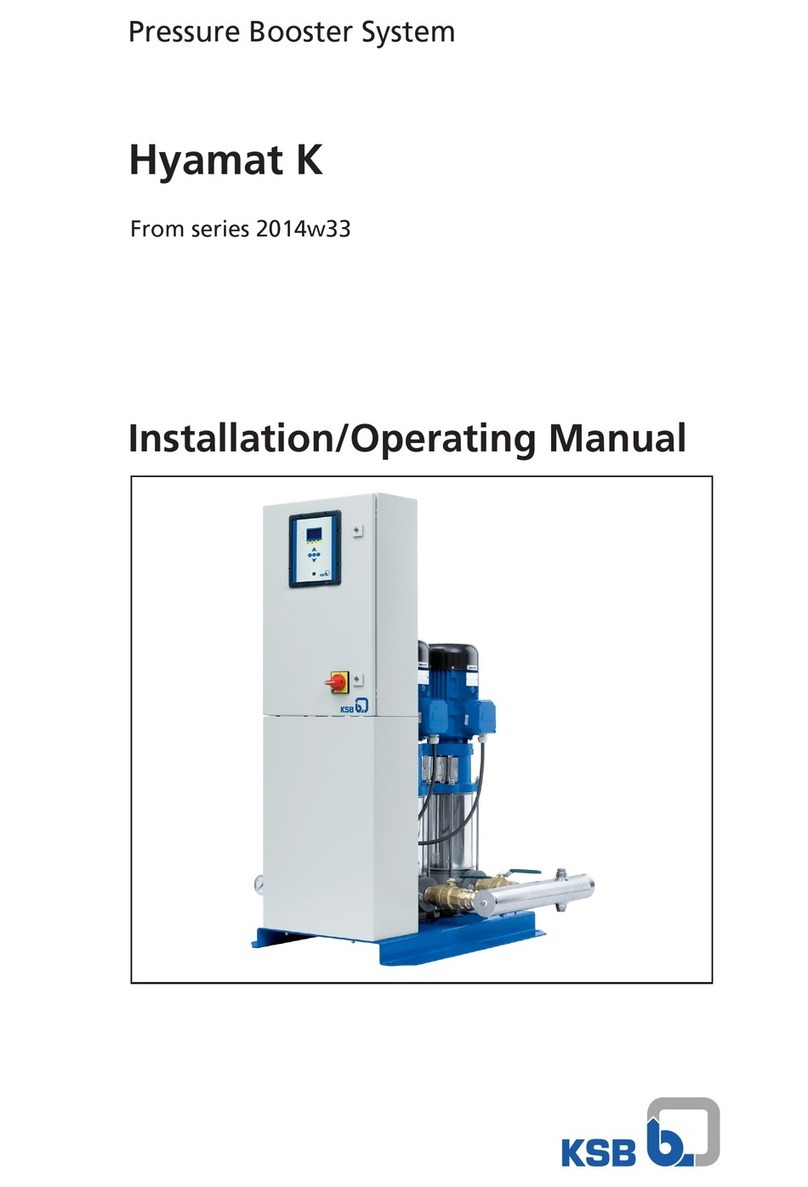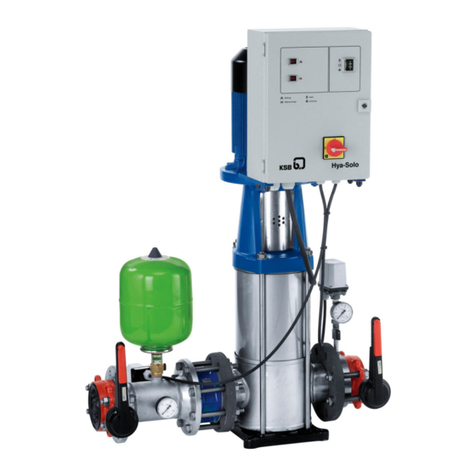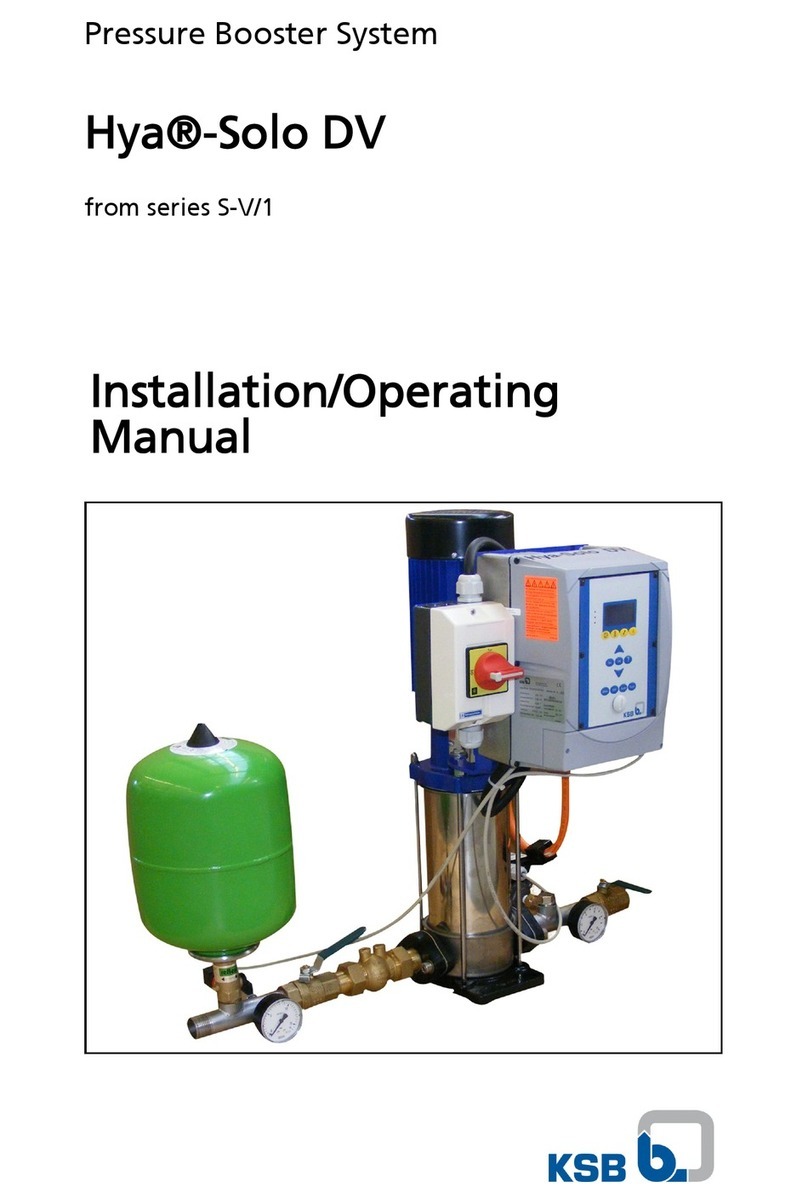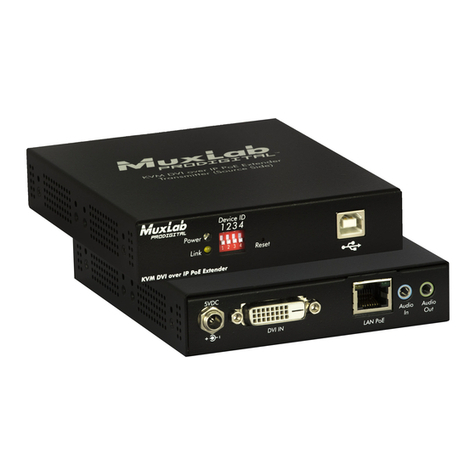
Contents
4 of 94 KSBDeltaPrimo
5.5.1 Sizing the power cable ......................................................................................................................27
5.5.2 Connecting the pressure booster system..........................................................................................27
5.5.3 Connecting the remote ON/OFF input..............................................................................................28
5.5.4 Connecting the dry running protection device................................................................................28
5.5.5 Connecting the fire alert...................................................................................................................28
5.5.6 Connecting the ambient temperature monitoring device (optional) ............................................28
6 Commissioning/Start-up/Shutdown................................................................................................... 29
6.1 Commissioning/Start-up.................................................................................................................................29
6.1.1 Prerequisites for commissioning/start-up .........................................................................................29
6.1.2 Priming and venting the pressure booster system...........................................................................29
6.1.3 Dry running protection......................................................................................................................30
6.1.4 Switching on the pressure booster system .......................................................................................30
6.1.5 Checklist for commissioning/start-up................................................................................................31
6.2 Operating limits..............................................................................................................................................32
6.2.1 Frequency of starts.............................................................................................................................32
6.2.2 Ambient conditions ...........................................................................................................................32
6.2.3 Maximum operating pressure ...........................................................................................................32
6.2.4 Fluid handled .....................................................................................................................................32
6.2.5 Minimum flow rate............................................................................................................................33
6.3 Shutdown........................................................................................................................................................33
6.3.1 Shutdown ...........................................................................................................................................33
6.3.2 Measures to be taken for shutdown ................................................................................................34
7 Operation.............................................................................................................................................. 35
7.1 Control panel..................................................................................................................................................35
7.1.1 Screen .................................................................................................................................................35
7.1.2 Turn/push button...............................................................................................................................35
7.1.3 Status LED...........................................................................................................................................35
7.2 Symbols on the screen....................................................................................................................................36
7.2.1 Operating status of the system.........................................................................................................36
7.2.2 Bluetooth connection ........................................................................................................................37
7.2.3 Locking/unlocking the screen............................................................................................................37
7.2.4 Operating status of the pump ..........................................................................................................37
7.2.5 Information on the system................................................................................................................38
7.3 Operating the device via the control panel..................................................................................................39
7.3.1 Unlocking the screen .........................................................................................................................39
7.3.2 Changing the operating mode .........................................................................................................40
7.3.3 Resetting messages............................................................................................................................40
7.3.4 Setting the setpoint...........................................................................................................................40
7.3.5 Activating the Bluetooth connection ...............................................................................................40
7.3.6 Displaying the firmware version .......................................................................................................40
7.4 Operation via the app....................................................................................................................................41
8 Servicing/Maintenance........................................................................................................................ 42
8.1 General information/safety regulations........................................................................................................42
8.1.1 Inspection contract ............................................................................................................................42
8.2 Servicing/Inspection........................................................................................................................................43
8.2.1 Supervision of operation...................................................................................................................43
8.2.2 Checklist for inspection work............................................................................................................43
8.2.3 Maintenance schedule.......................................................................................................................43
8.2.4 Setting the pre-charge pressure........................................................................................................44
8.2.5 Replacing the non-return valve ........................................................................................................45
8.2.6 Mounting the manifold in a mirrored position ...............................................................................47
9 Trouble-shooting.................................................................................................................................. 51
10 Related Documents.............................................................................................................................. 53
10.1 General assembly drawings/exploded views with list of components........................................................53
10.1.1 KSB Delta Primo F ..............................................................................................................................53
10.1.2 KSB Delta Primo VC............................................................................................................................54
10.1.3 KSB Delta Primo SVP..........................................................................................................................55

